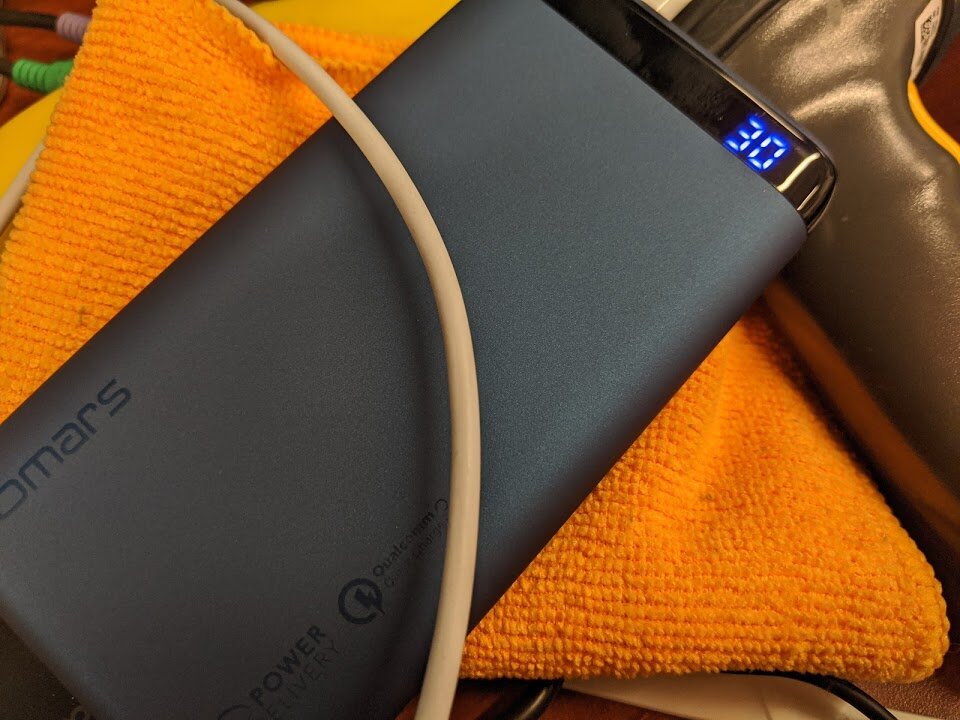Projects update; Steam Deck as a Laptop, T440p Refurbishing
/Hello there friendos! Recently I was going through the tech I have in my storage, and found a NexDock Touch! Niceu! Next, I thought why not use this with the Steam Deck to make it a laptop for work? Also, thinking of finishing up my refurbishing of a T440p soon.
I’ve always been a hardware junkie, so I love messing with new tech combos.
Once I jumped the Deck over to Desktop Mode, I went ahead and plugged in my NexDock Touch. I sat the Deck on the couch cushion next to me, and just the NexDock Touch as a laptop interface for the Deck’s Desktop Mode! Then, I went ahead and made a little one-time-run script that you could run from Konsole on the deck. I named it deckscript since I’m not good at names haha.
In the image above, you’ll see me installing openSUSE Tumbleweed here in a VM via the Boxes flatpak to check it out. That said, I mainly worked on that deckscript from Konsole on the Deck.
As you can see above, I’m now working on this from a desktop hub from jsaux that has my Deck plugged in. I’m doing further work on the deckscript and have also opened an issue to see if I can resolve the missing headers that are required for getting yay installed on Steam Deck, further enabling you to install stuff from the AUR. You know, packages you might use if using the Deck for work, like Slack.
In the case that the above asciinema embed doesn’t work, I’ve linked this sentence to head to my asciinema page. Made a recording of a first attempt to grab yay. Further information can be found on issue 1 for the deckscript. If any of you reading this would like to help out, I welcome all pull requests! Happy hacking on your Decks!










